By the 1930s, American automakers were beginning to incorporate aerodynamic design into styling their new cars. At a special exhibit at the Portland Art Museum called The Shape of Speed: Streamlined Automobiles and Motorcycles, 1930-1942, aerodynamic cars by Chrysler, Cord, Lincoln, and Graham were featured.
1934 Chrysler Imperial Series CV Airflow Coup
The development of the Chrysler Airflow line was led by chief engineer Carl Breer and the coachwork was designed by Fred Zeder. According to the display:
“Unlike the more flamboyant French and European expressions of Art Deco, these cars were more linear and streamlined. The Airflow was superior in safety and strength, but its unconventional looks met with disappointing sales.”
The museum display also notes:
“With its unit body and streamlined design, the Airflow was a brilliantly conceived and well-executed machine that was simply too modern for its time. It remains one of the best examples of the Art Deco style in the American idiom.”
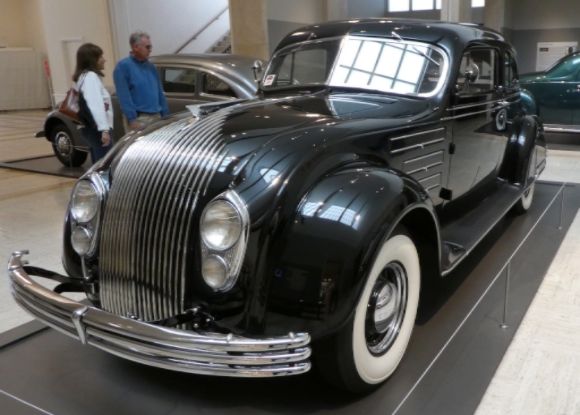
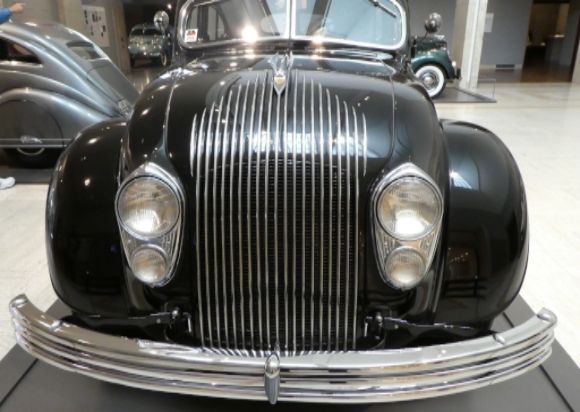
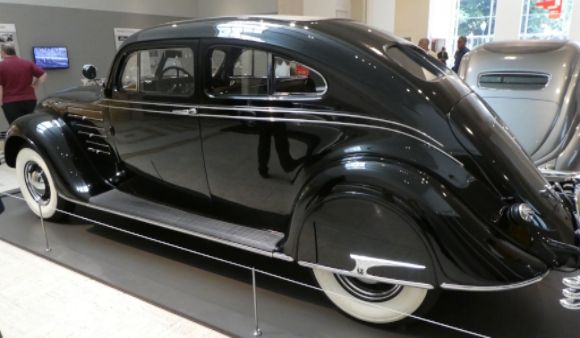
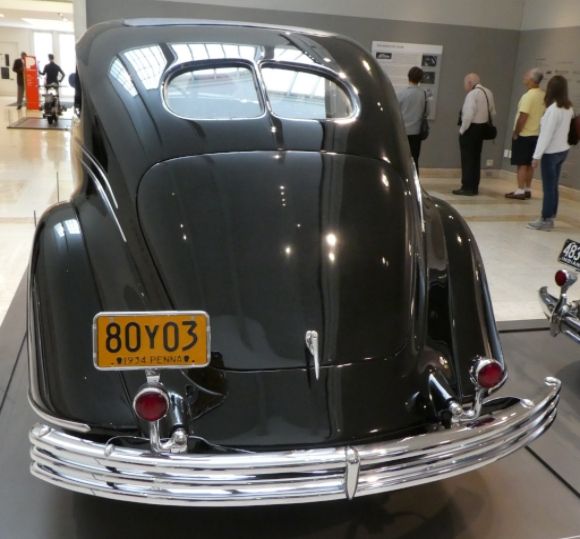
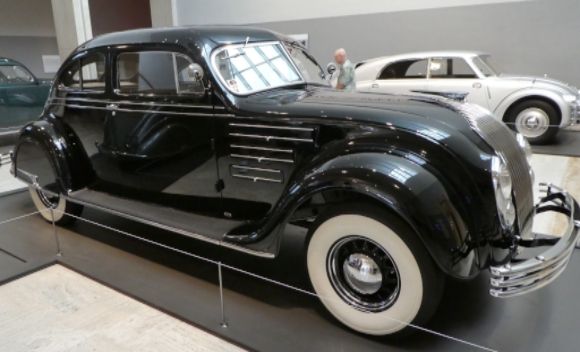
1936 Cord 812C Westchester Sedan
The Cord 810, designed by Gordon Miller Buehrig, was a sensation was it was first introduced in 1936. It included many new and advanced features, included front wheel drive, and independent front suspension. It was, however, rushed into production and the early cars had many defects. The 812 model included a Schwitzer-Cummins centrifugal supercharger with flashy external exhaust pipes. Less than 3,000 810s and 812s were sold.
According to the display:
“A streamlined sedan with an artistic blend of curved and rectangular elements, the Cord 810/812 was one of the most futuristic cars on the road in the mid-1930s, and examples were sold worldwide—sadly, just not enough of them.”
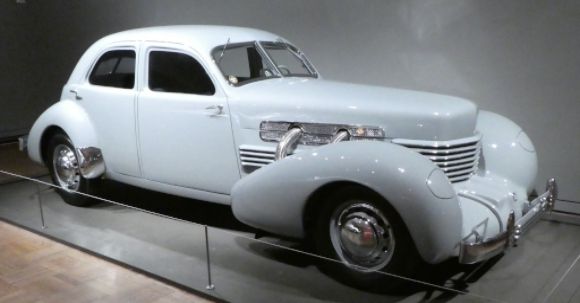
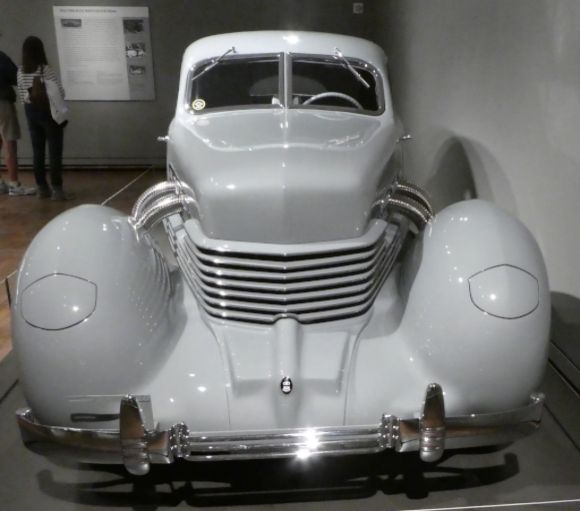
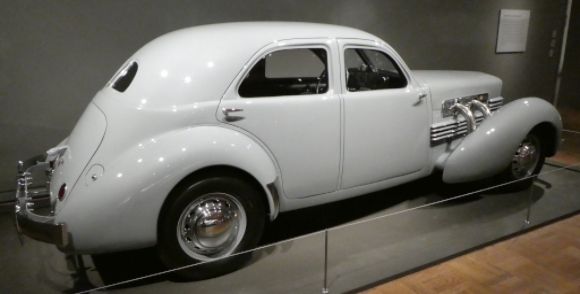
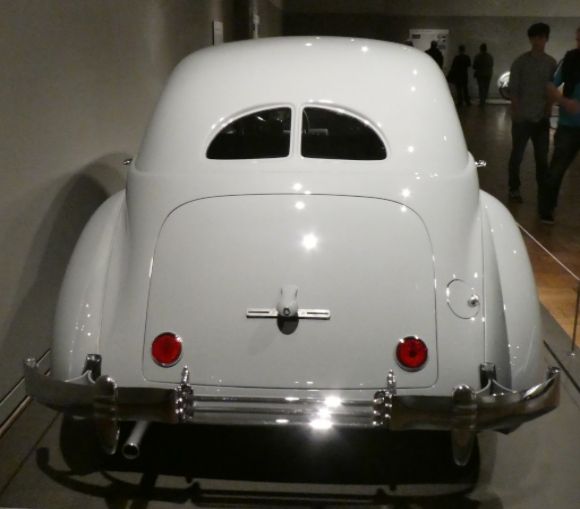
1937 Lincoln-Zephyr Coupe
The Lincoln-Zephyr was designed by John Tjaarda and became the most successful streamlined car in America. It was powered by a V-12 engine. Over 180,000 Lincoln-Zephyrs were sold.
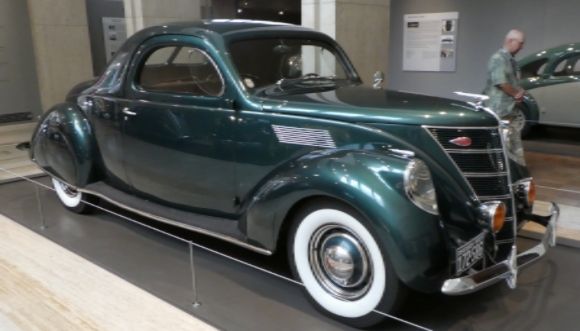
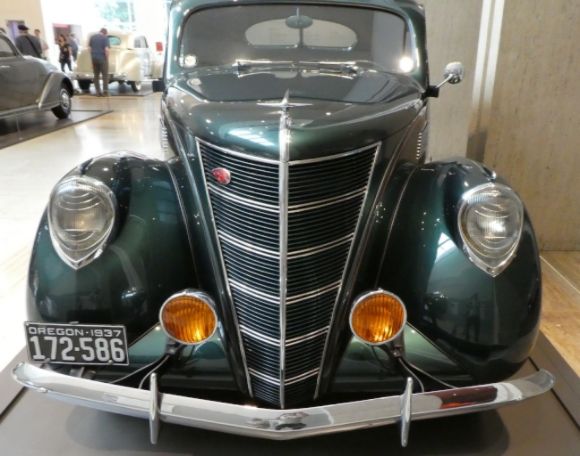
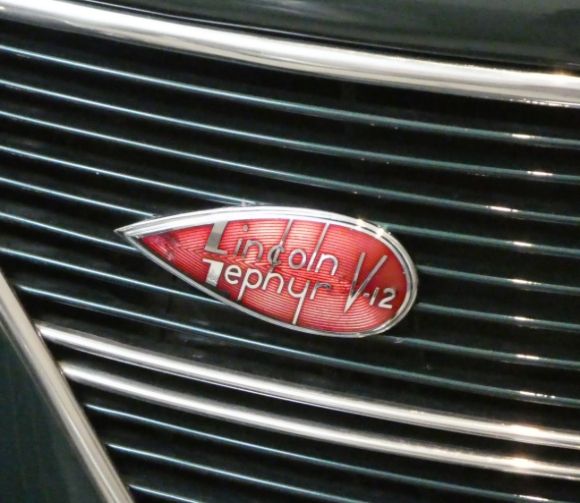
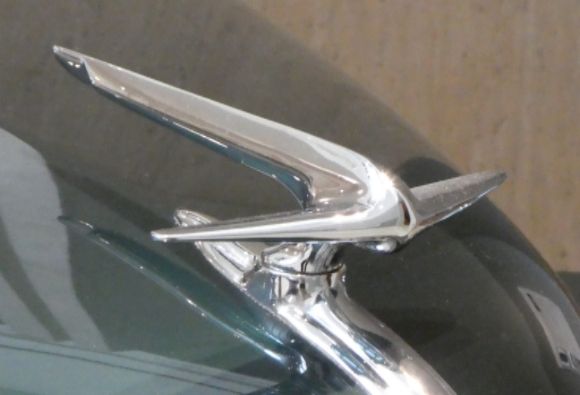
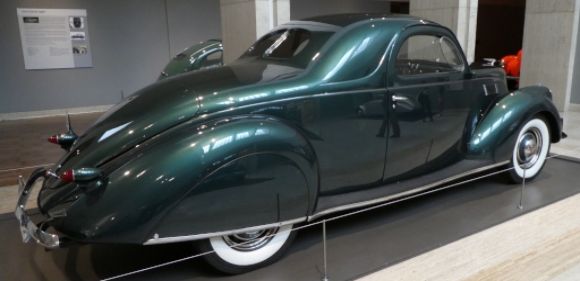
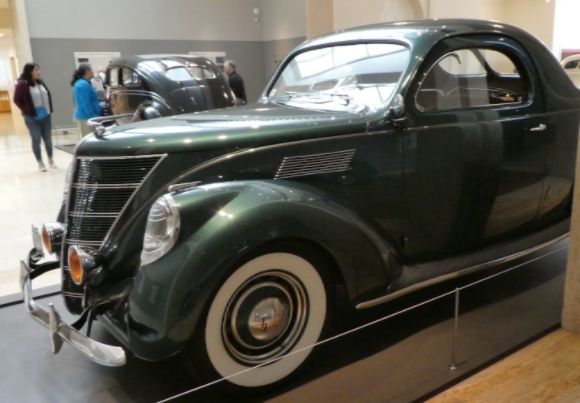
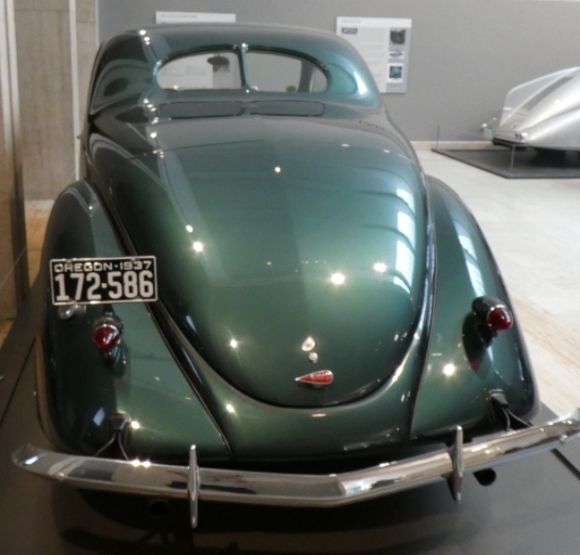
1939 Graham Combination Coupe
This car was commonly known as the Sharknose Graham. This streamline vehicle was designed by Amos E. Northup, the chief designer for the Murray Body Company. According to historian Michael Lamm:
“The striking, leaning-into-the-wind profile copied old racing photographs, in which the camera shutter made all the fast cars look like they were trying to outrun themselves.”
While innovate in looks, the car failed to interest Depression Era buyers and only 4,139 were sold, 10,000 fewer than the 1938 model Grahams.
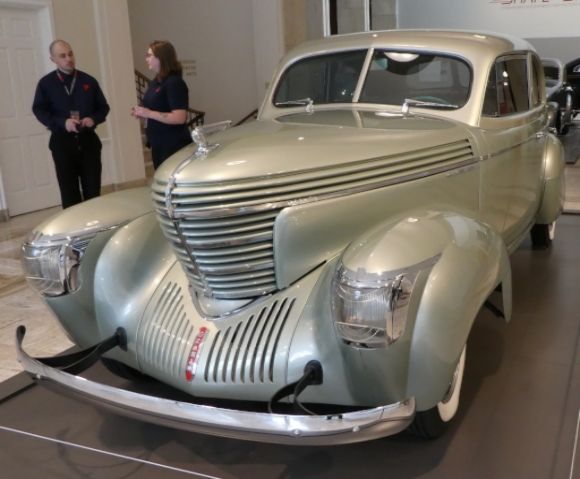
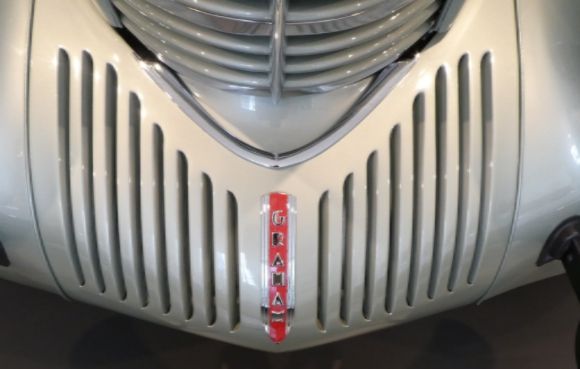
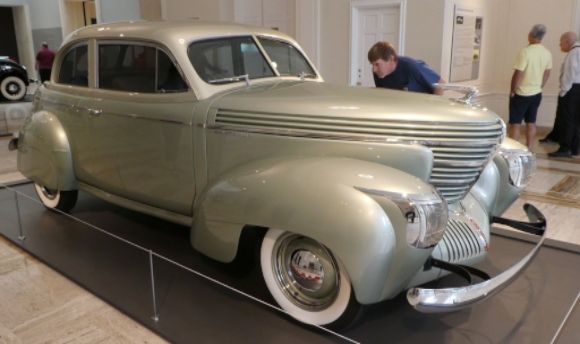
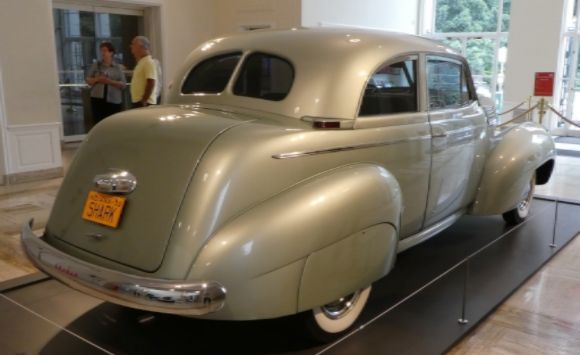
More Automobiles
Shape of Speed: An Overview (Photo Diary)
Shape of Speed: Some Unique American Automobiles (Photo Diary)
Shape of Speed: Some European Automobiles (Photo Diary)
LeMay Family Collection: Cars of the 1930s (Photo Diary)
Museums 101: Extinct Automobiles of the 1930s (Photo Diary)
Museums 101: Automobiles of the 1930s in America's Car Museum (Photo Diary)
Museums 101: Unusual Cars in America's Car Museum (Photo Diary)
Museums 101: Coachbuilt Cars (Photo Diary)


